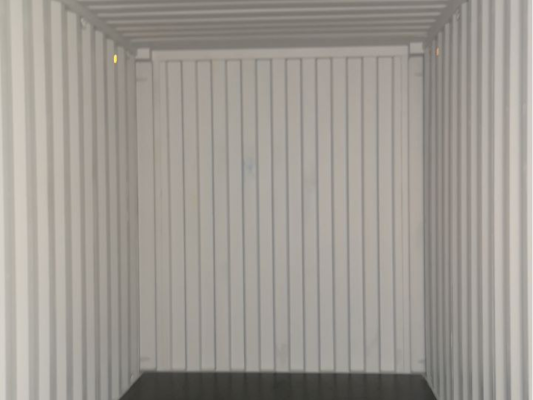Shipping Containers as Emergency Shelters: Practical Considerations

In times of disaster, whether due to natural calamities or humanitarian crises, the demand for quick, effective, and durable emergency shelters escalates. Traditional shelters, such as tents and temporary housing units, are often used, but shipping containers are increasingly being recognized as a viable and practical alternative. Shipping containers offer numerous advantages as emergency shelters, but several practical considerations must be addressed to maximize their effectiveness. This article delves into the benefits, challenges, and practical aspects of using shipping containers as emergency shelters.
Benefits of Shipping Containers as Emergency Shelters
- Durability and Strength: Shipping containers are built to withstand harsh conditions during transportation across oceans. This inherent durability makes them an excellent choice for emergency shelters, as they can endure extreme weather conditions, including strong winds, heavy rains, and even earthquakes. Their robust construction ensures that occupants remain safe and secure.
- Rapid Deployment: One of the most significant advantages of using shipping containers as emergency shelters is their ability to be rapidly deployed. Containers are already pre-fabricated and can be quickly transported to disaster-stricken areas. This rapid deployment capability can be crucial in providing immediate relief and accommodation to displaced individuals.
- Cost-Effectiveness: Compared to building traditional shelters from scratch, shipping containers can be a more cost-effective solution. They are often available at lower costs than constructing new, custom-built structures, and their repurposing can be a sustainable way to manage resources.
- Modularity and Flexibility: Shipping containers come in standard sizes, making them highly modular. They can be easily combined to create larger living spaces or communal areas. Their flexibility allows for customization based on the specific needs of the affected population, whether for single-family units or larger group accommodations.
Practical Considerations for Using Shipping Containers as Emergency Shelters
- Insulation and Ventilation: Shipping containers are typically made of metal, which can lead to extreme temperatures inside. Effective insulation is crucial to ensure comfort and protect occupants from temperature extremes. Additionally, proper ventilation is necessary to avoid condensation and maintain air quality. Various solutions, such as insulating panels and ventilation systems, should be integrated into the design.
- Access and Mobility: Emergency shelters must be easily accessible to individuals with mobility challenges, such as the elderly and disabled. Shipping containers usually have limited entry points, so modifications may be required to include ramps, wider doors, and accessible facilities to accommodate all individuals.
- Utilities and Amenities: For shipping containers to function effectively as emergency shelters, provisions for essential utilities must be considered. This includes installing basic plumbing for water supply and waste disposal, electrical systems for lighting and power, and heating or cooling systems to ensure a comfortable living environment.
- Safety and Security: Safety is a paramount concern in any emergency shelter. Shipping containers can provide a secure environment, but additional measures may be needed to enhance security, such as reinforcing doors and windows and ensuring that the shelter can be quickly evacuated in case of emergencies.
- Local Adaptations and Integration: The success of shipping containers as emergency shelters also depends on how well they integrate with the local context. This involves adapting the design to local climatic conditions, cultural practices, and community needs. Collaboration with local organizations and stakeholders can help tailor the shelters to the specific requirements of the affected population.
- Environmental Impact: While shipping containers are often seen as a sustainable option, it’s essential to consider their environmental impact. Proper waste management and recycling practices should be implemented to minimize the ecological footprint. Additionally, strategies to reduce energy consumption and enhance sustainability should be explored.
Conclusion
Shipping containers offer a practical and innovative solution for emergency shelters, providing durability, rapid deployment, and cost-effectiveness. However, their successful use in disaster response requires careful consideration of insulation, ventilation, accessibility, utilities, safety, and local integration. By addressing these practical considerations, shipping containers can become a valuable asset in delivering timely and effective relief to those in need during crises. As the world continues to face various challenges, the adaptability and resourcefulness of shipping containers may well play a crucial role in shaping the future of emergency shelter solutions.

